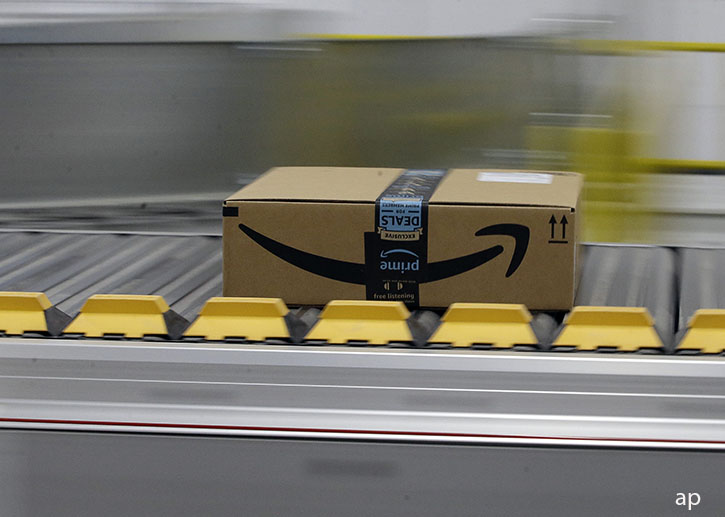Australia boasts a history of mining booms. The country first realised her fortunes back in the 1850s with the first gold rush. Thousands flocked to Victoria and New South Wales in a bid to profit from these newly discovered gold deposits. Another boom began forty years later with new discoveries in Western Australia. And in the 1950s and 1960s new oil and gas deposits were discovered in Bass Strait, the Cooper Basin and Northwest Shelf.
Today vast iron ore and coal resources are mined at Western Australia, South Australia, Queensland and New South Wales. These resources are now largely exported to China and the Asian economies as the region continues down its growth path.
While Australia's mining boom accounts for 35% of its GDP, resources also makes up a bulk of its exports. It was these exports to China that have helped steel the country from the global financial crisis. Indeed Australia is one of the few developed nations today that is not ravaged by high debt, its growth buoyed by the strong demand for commodities from China.
A generally held view in Australia is that investing in the country's resource companies is the best way to capture China and Asia's booming economies. Rio Tinto (RIO) and BHP Billiton (BLT) are among Australian investors'--and U.K. investors'--mainstay stock holdings with both companies exporting vast amounts of its commodities to China.
According to Morningstar Australasia global head of basic materials Mark Taylor, investors can also access China's growth story by investing in mining services companies. "We have some world class mining companies with growing sales of product to China from which investors can benefit," Taylor says. "However, investors can also gain exposure to Asian growth via well-managed construction and engineering companies servicing the resources sector."
The companies include chemical and explosives suppliers, rail, road, port and maritime servicing operators and product certification companies. "Indirectly, pipeline operators and utilities can also benefit as mine demand for energy [gas and electricity] to produce greater tonnes of export product grows," Taylor says.
Australia is also strategically well placed. It has a geographic advantage over other commodity suppliers to Asia. Taylor also notes that Australia is a stable, democratic country with a strong economic base and western world legal system. "Hence, investing in Australia has many pluses in terms of investment exposure to Asia but in a risk-managed way," Taylor says.
However, Australian investors could only be benefiting from a fraction of Asia's boom, according to Australian Unity Investments chief executive David Bryant. Asian consumer growth is predicted to only grow, while consumer consumption in China now makes up 40% of overall investment, according to HSBC. "You can't access the consumer growth story in China through BHP," Bryant says.
The consumption story in China and Asia is not just driven by growing wealth. A growing share of the region's wealth is now being garnered by its working class. In China, the government is now focused on shifting its economy to a more consumption-driven growth that will account for 70% of its GDP, compared to the current 40%. This goal is part of the Chinese government's five-year plan.
Melbourne-based Bryant consistently travels to Asia, and China in particular, and is always amazed by the level of growth taking place. "The role of China in Asia's development--and thus Australia's--should be considered. In my view, only half the story is being discussed," Bryant says.
He says it is not only the large-scale construction and manufacturing taking place in the country but also the potential for innovation in China has not yet been fully realised. "Statistics suggest the 25% of the population in China with the highest IQs is greater in number than the entire population in North America. As China becomes one of leading economies in the world, this kind of intelligence resources will almost certainly result in it also becoming a major global driving force in innovation, biochemistry and other areas," Bryant says.
Bryant also highlights that the Australian Stock Exchange is dominated by two sectors: banking and mining. "Sectors growing quickly in Asia, such as IT [information technology], healthcare and consumer goods are not well represented at all in the Australian sharemarket these days," Bryant says.
Asia accounts for one-quarter of the world's GDP yet, according to Bryant, just over 1% of retail investments in Australia is allocated to Asian equities. "This compares to well over 20% to Australian equities--a major discrepancy," he says.
Christine St Anne is online funds and ETFs editor for Morningstar.com.au, the Australian sister site of Morningstar.co.uk.






















